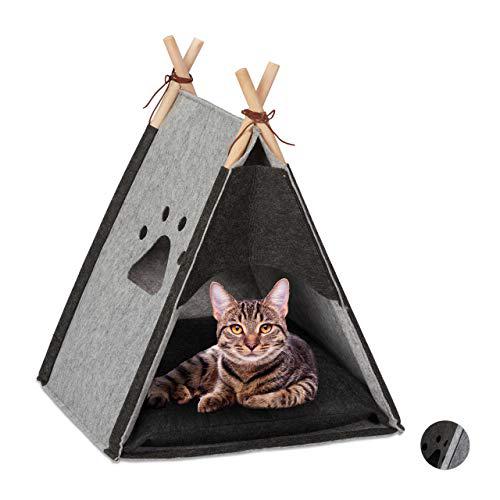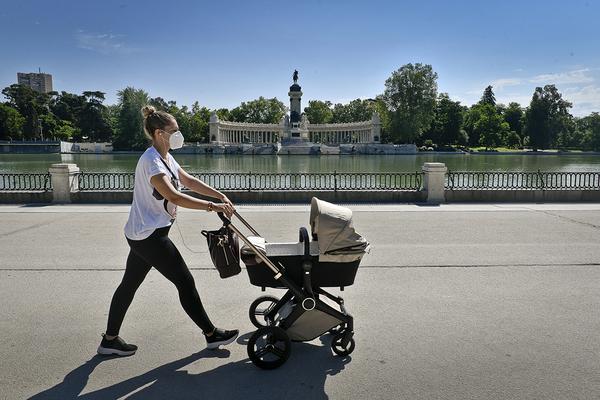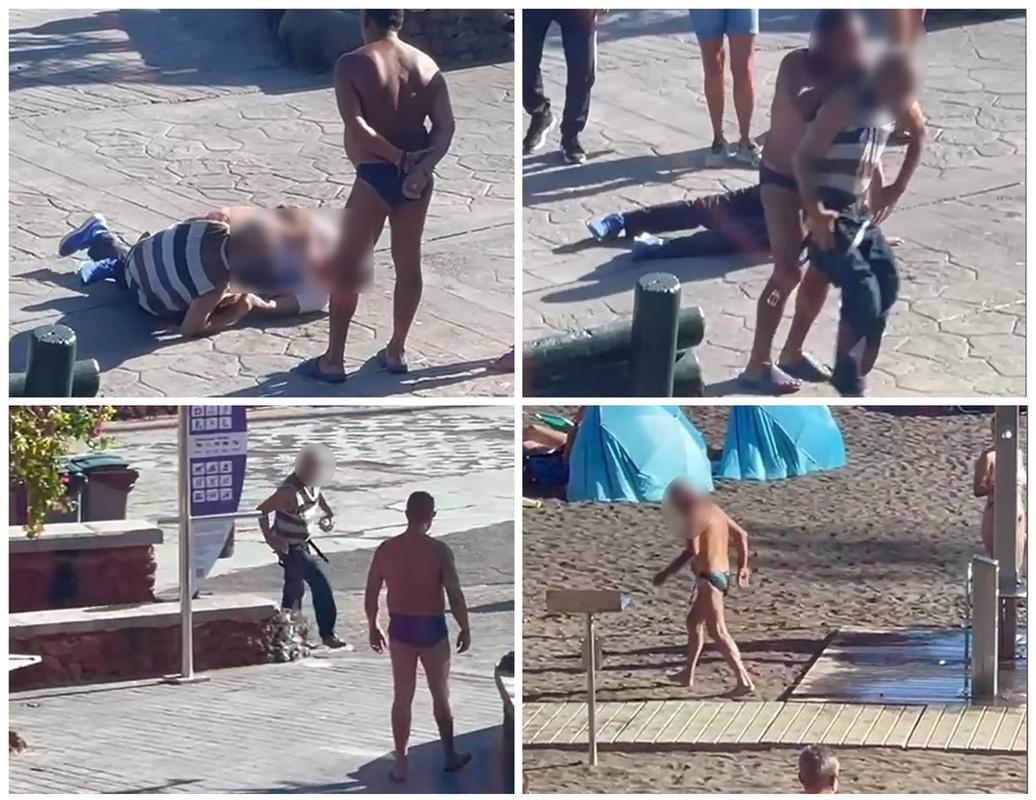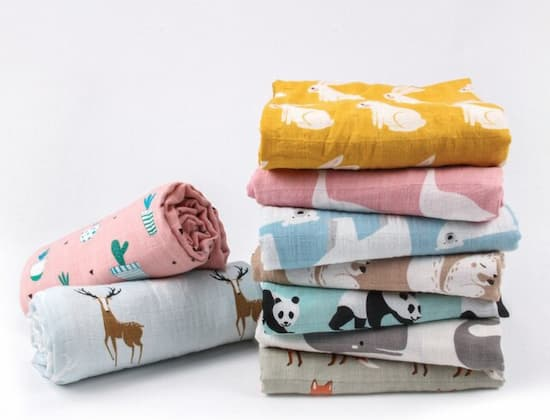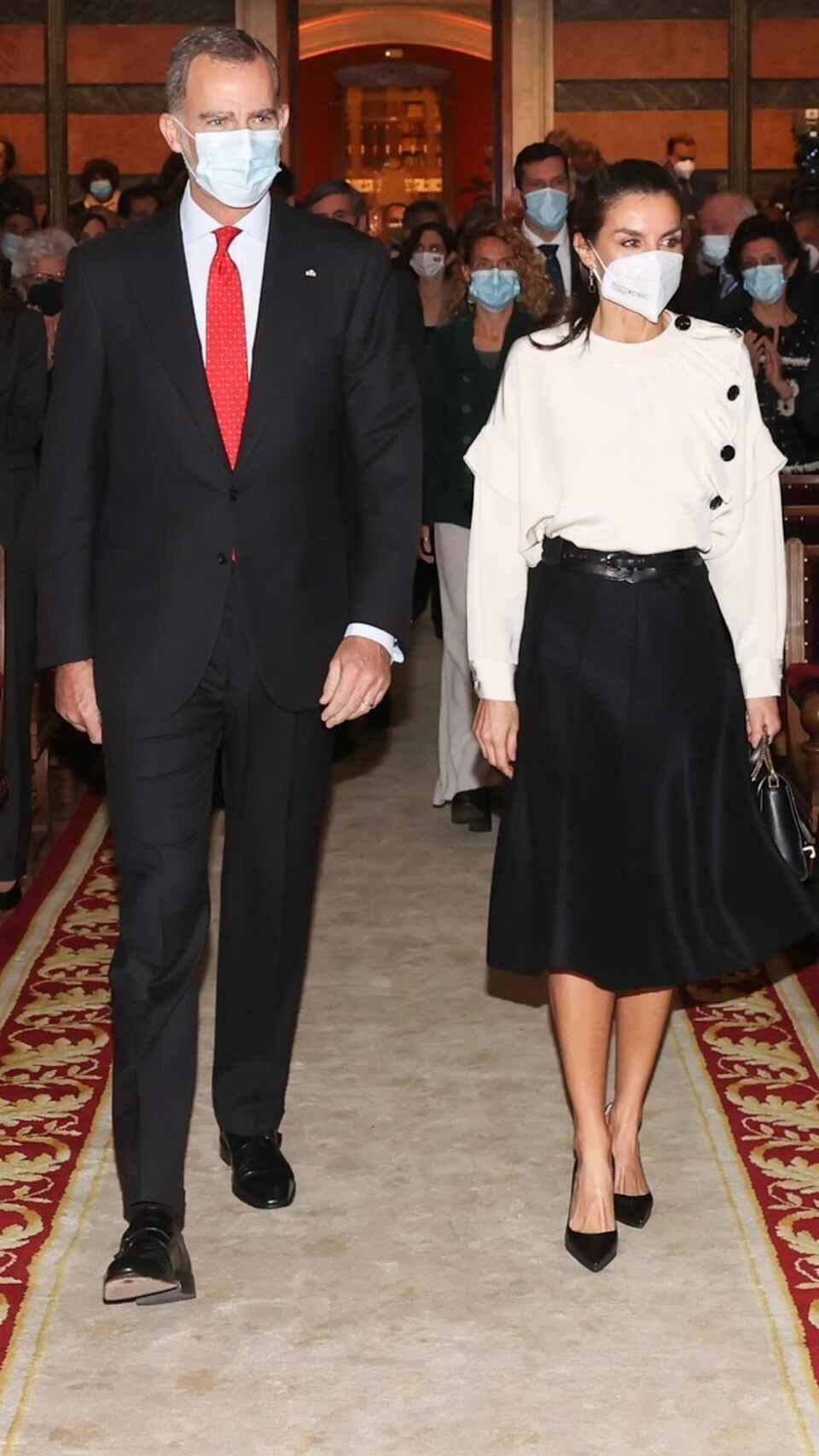La Jornada - Brian Nissen on 'Monse' Pecanins / Elena Poniatowska
The most emblematic of the couples in the buildings in the Condesa neighborhood was, without a doubt, the one formed for years by Monse Pecanins and Brian Nissen. He, English, tall and handsome; she, petite, with fringe and black hair and flamenco heels on stairs, wooden floors and conversations in which she always won the game.
Monse talked non-stop, shouting from one floor to another, from one window to another, from the Condesa neighborhood to the Zócalo, from Mexico to Barcelona, from New York to Mexico. He listened to her without blinking, as we all did... No meeting could be successful without the most even couple from Mexico's golden years, the time when new painters emerged with ideas that were not those of The Big Three; very unusual cultural supplements; the great triumph of Octavio Paz, who traveled to Sweden in 1990 to receive the Nobel Prize for Literature; that of the theater in the public square, as Poesía en Voz Alta proposed, and which María Alicia Martínez Medrano ended up doing in the Zócalo and in the Tlatelolco square; the ephemeral murals in the Zona Rosa; the irony of Monsiváis; Elena Garro with her camel skin coat and her peasants in Ahuatepec; Juan García Ponce and the novelist Juan Vicente Melo, a music critic from Veracruz, and Juan José Gurrola, the three Juanes who no longer wanted to hear about the Mexican Revolution.
–Brian, we are going to remember Monse, who to our great sadness died on October 21, at the end of the confinement we suffered due to the pandemic. When did you meet her?
–Here, in Mexico, when I came to the city from San Miguel Allende in 1963. Before that, I lived in Paris for two years. When I arrived in Mexico City I was 24 years old.
-You were very young.
–More like very big, very tall. I was born in London in 1939. After my stay in Paris I thought about a place where I could paint for two or three years. I read Under the Volcano, by Malcolm Lowry and, through him, Cuernavaca seduced me, but Mexico City fascinated me even more... I read Under the Volcano in Paris, in a small bookstore very close to Plaza St. Michel, where he lived in a hotel. By Malcolm Lowry, Mexico got me and I came in November 1963. I didn't know anyone and I didn't speak a word of Spanish.
- Oh, how crazy! Were you already a painter?
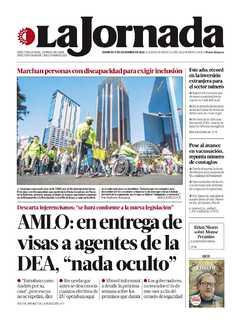
–Yes, but not only did I not speak Spanish, but I also thought, like many of my English compatriots, that the world was divided between those who speak English and those who do not. Like many English people, I expected the whole world to speak English.
–How strange, because you have never been an imperialist!
–When we were students, a teacher gave us French classes, but she started with grammar, always boring. This way of teaching is equivalent to building a multi-story building from the top story; Of course, the language falls off if you have to memorize writing rules instead of simply practicing conversation or reading poetry or stories that entertain you.
“I rented a little house in San Miguel de Allende; I started to paint. It was a very pretty little town, five blocks up, five down, and seven or eight on each side... My best school to learn Spanish was the cantinas in San Miguel. I played dominoes, and by putting the tiles on the table I learned a large number of words, but the vocabulary used in the game is very limited and is repeated endlessly, although mine increased and I was able to communicate with others in their language .
“I met Toño Souza and his gallery in Mexico City; he offered to exhibit my work and I decided to settle in the Countess.
“Here I had contact with the Anglo-Mexican Institute, where the grande dame was Elsie Escobedo, Helen's mother, the painter and sculptor. Helen introduced me to two friends, one of them an excellent and very creative professor at the National Autonomous University of Mexico, Colin White, who had some friends, the Pecanins. Tere helped me find a studio on Salvatierra street, on the corner with Juan de la Barrera. From my window I could see the Chapultepec Castle. Mexico seemed like a very fun metropolis to me from the moment I met the Pecanins in the Condesa buildings. Monse, Tere's sister, had an Asturian boyfriend with whom she played dominoes and the guy started to be jealous of me because Monse and I touched hands when we made the soup. He started a lot of fights until the Pecanins kicked him out. They loved the party, there were always people at their house; they invited the Ruffino Quartet, four very fat singers, two women and two men, who sang Honeymoon in Puerto Rico, and a flamenco singer El niño del brillante. They made a fuss of everything and I fell in love with Monse, who had a daughter, La Beba, adored by all. He died in 2009 in a car accident on the highway to Valle de Bravo.”
"He taught me to live"
–When did you start doing your presentations on the Limulus crabs?
-In New York. Monse and I lived there for many years and we used to go to Martha's Vineyard, an island where Carlos Fuentes wrote... These little animals are found all along the East Coast of the United States. Just by seeing them you realize that they are extraordinary, mysterious beings. They range from the Maine coast to the Florida coast. They captivated me and I wanted to interpret them. I took the shells found on the beach in New England to my studio and from there came the idea of making a series of sculptures in bronze, ceramics, collage; 70 works in total. Limulus are horseshoe crabs; they have very protruding fly eyes. Scientists have used these eyes in their research, because they contribute a lot to the study of the human eye.
“In 1983 I did a great exhibition at the Tamayo Museum on Octavio Paz's poem Mariposa de obsidiana, which he loved. When a topic catches me, I jump on it. The butterfly was one of my great achievements. Then I did a series on Atlantis, the lost continent. The chinampas of Xochimilco also exercised their spell and were the subject of my painting. I am always working on a specific theme linked to nature.
–But Atlantis is a myth!
It's the lost city. In 1992 the government of Catalonia invited me to give an exhibition on the encounter between Spain and America, a very tense subject, and I decided to look for a link between the two, and I found it in the idea of Atlantis. Monse helped me...
–What was Monse for you?
-The love of my life. She taught me to live; she was my best friend. I am grateful to have lived life his way. He had a strong, open temperament, very Latino; I am very different, but we understood each other; she communicative and I closed. It helped me, because I exhibited at the Tamayo Museum, at the Museum of Modern Art, at the Antonio Souza gallery and in New York, at the Cooper Union, and at Whitechapel in London.



